National News
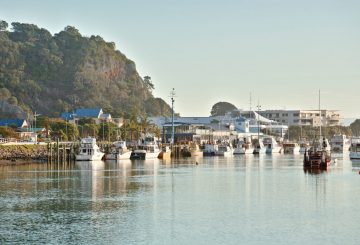
Plans laid out to boost flood protection for Whakatāne CBD

Iwi takes battle against Whakatāne petrol station plans to court
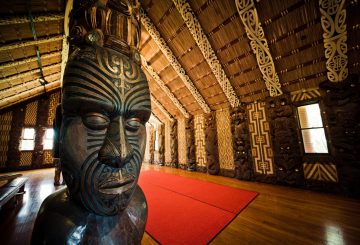
Only three councils have Māori wards
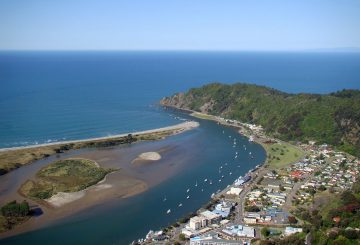
Whakatāne Māori ward advocates cheer government stance
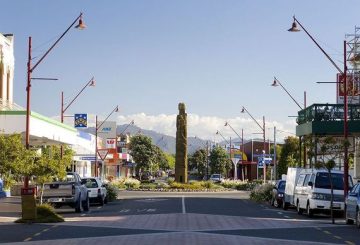
Ōpōtiki votes to poll ratepayers on Māori wards
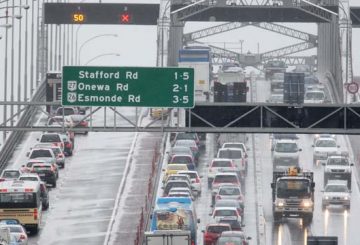
Bilingual signs by the end of term
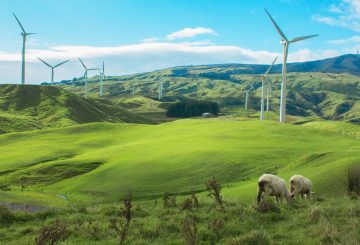
Government announces $70m fund to make fossil fuel switch
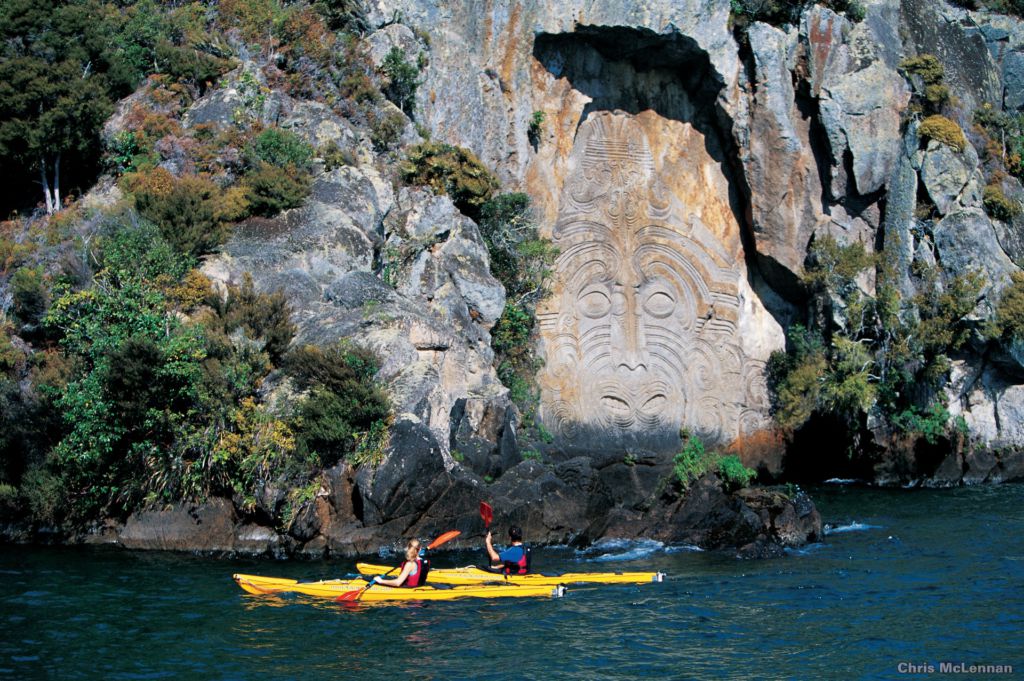
Campaign launches to sustain interest in New Zealand amid pandemic
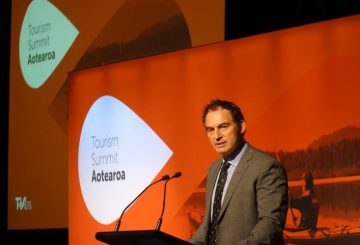
Government looks to minimise costs of tourism to New Zealanders

















































